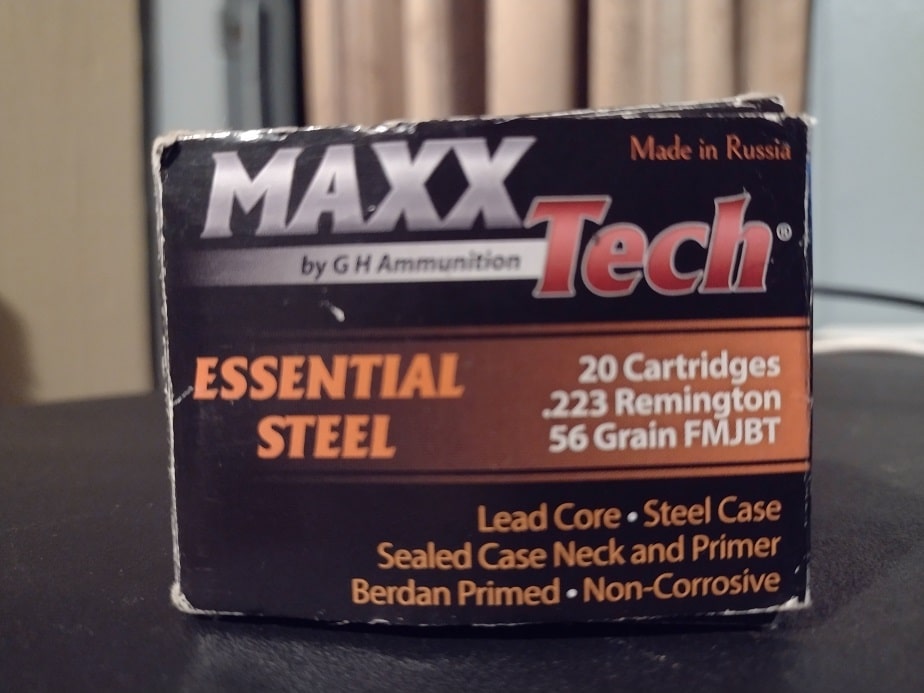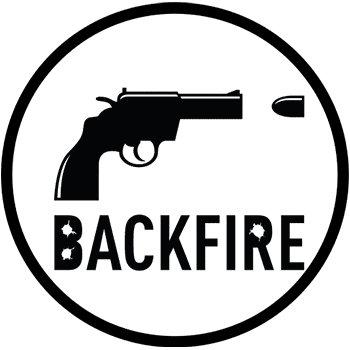Can You Shoot FMJ Ammo at an Indoor Gun Range?

I have probably 10,000 rounds of FMJ ammo. It’s what I use for target shooting and I shoot far more of it than other types of ammo.
Most indoor gun ranges allow FMJ ammo. In fact, it’s one of the most common types of ammo shot at most gun ranges. A small portion of ranges do not allow it because a few military FMJ bullets have steel cores that damage bullet traps.
So, FMJ is usually fine, but some ranges are dead set against it. There are several reasons, and some range owners will argue against FMJ to no end. Here are their arguments.
Why Some Ranges Don’t Allow FMJ Ammo
This is something I’ve never come across personally, so I had to do some digging around. The concerns are generally about certain military ammo (steel core, armor-piercing, incendiary), ricocheting bullet fragments, or simply preventing excessive damage to equipment.
Basically, the biggest excuse I hear for a no FMJ rule on an indoor range is “They’ll tear up my backstops”. To that I have to wonder, what are their backstops made of?
I mean, you have a range where I can shoot a 338 Rem Ultra Mag hunting bullet, but your backstop is supposed to be too weak for a 9mm of 223 FMJ? Give me a break. Somethin’s off.
Some range managers have stated, ” FMJ bullets tear up the walls too much”. Look, if your walls are that bad off, you should probably either get them repaired or close down. Now partly, I do get it. I’ve been to enough ranges with bullet holes in weird places.
I’ve seen a lot of holes in the ceiling tiles, target holders, and those electric tracks that run your target downrange. I’ve seen bullet holes in shooting benches. Careful out there folks, idiots abound. I’m sure if I was running a range, I’d try and figure out how to prevent damage as much as possible.
Truth is, I can shoot through a steel target holder with a 30/30. That spinning target rated for up to 44 Mag, a 30/30 goes through it like butter. Great way to wreck a new one, by the way. In essence, I feel some range owners are just trying to save their equipment and may not have the cash to repair things.

Some Older Ranges were Designed for Non-FMJ Ammo
Indoor ranges have come a long way in 50 years. Going back to the 40s 50s and 60s, some ranges only ever saw soft bullets. FMJ wasn’t much of a thing for the general public. For example, the old law enforcement ranges were mainly designed to handle soft lead bullets from revolvers.
Some of them were literally just concrete walls with steel gongs. Definitely not a recommended practice. That led some to adopt the use of low-velocity wax bullets and eventually, frangible ammo that disintegrated upon impact. In other countries, plastic or wooden were even used.
There still are a few old-timers out there who have a hard time with the notion of FMJ ammo because of how it used to be. Some of them are running indoor shooting ranges.
FMJ Ammo Will Not Ricochette Off a Good Backstop
Shooting ranges (should) all have quality bullet stops behind a target. They catch/deflect the bullet and allow the bullet to use up its energy. Then, it falls in the collection area where it’s ultimately gathered and sold to a recycler. Unless it’s severely damaged, it can’t cause a ricochet/ bounce back.
Steel core and amour piercing ammo can cause problems. They tear up things at a highly accelerated rate and that type of damage causes weakening and failure of the safety systems. My favorite shooting range has a list of non-allowed military ammo. Fortunately, most specialized military ammo comes with an identifying colored tip.
Some ranges instead of saying no certain types of military ammo (FMJ) say no FMJ ammo at all, which is easier for them, but complete bogus. Ranges with arbitrary rules are a no-go for me.

Why Most Indoor Ranges Won’t Allow Steel-Cased Ammo
Steel cased ammo is often loaded with bullets containing some steel. They are not steel core bullets but often have a partial steel jacket. Most of the Russian-type steel-cased ammo uses a bi-metal copper/steel jacket. That can lead to some accelerated wear on range equipment.
Most indoor ranges don’t allow steel-cased ammo. Some actually take time to see if it has steel in the bullet by checking with a magnet. Not all steel-cased ammo has steel in the bullet, regardless of brand. Most of it does, though it’s not nearly as tough on bullet traps as steel-core or armor-piercing.
Some of the old WWII stuff was actually steel core due to a dwindling supply of lead. The classic M855 Green Tip 5.56 ammo has a steel tip under the copper Jacket. Armor-piercing usually has a tungsten or hardened steel tip or core, depending on when and where it was made.
Some people think the no steel-cased ammo thing is all about recycling brass. After all, ranges sell all the brass to reloading or recycling companies. I don’t think that has anything to do with it personally. most people will always shoot brass, and it all has to be sorted anyway before getting re-used.
One of my local ranges suddenly put up a sign saying “In light of recent events, steel-cased ammo is no longer permitted”. I asked what that was about and the response I got was ” It appears we had underestimated the level of stupidity some people are capable of”. Whatever happened, they didn’t want to talk about it out of respect for privacy.
FMJ Ammo is Safe For Use in Modern Indoor Shooting Ranges
If a range tells you that FMJ ammo is not allowed, ask what’s up with that. There could be some legitimate reason (I still wouldn’t shoot there) or they could be trying to pull one over on you.
I actually heard of a range that said you couldn’t use FMJ ammo, but you could use their special Solid Jacket Ammo which supposedly has a thinner jacket so it will disintegrate against the backstop. Of course, you could only buy it from them because it was “hard to find elsewhere”.
Yeah, that’s a scam. I’ll end with this, If a shooting range requires you to use non-FMJ bullets or to only shoot their ammo in your gun, seriously reconsider your options. There are greener pastures. Some ranges actually like their customers.
